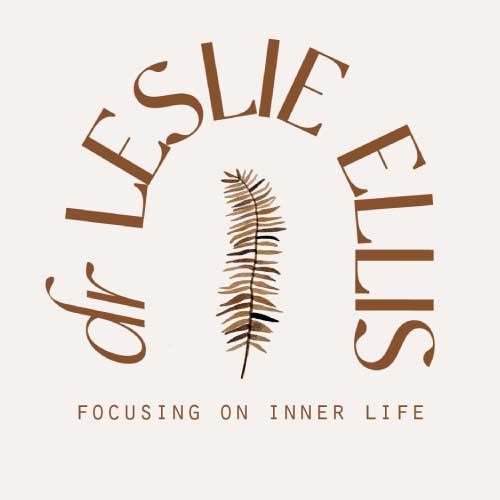Nightmares and the Nervous System:
How to treat disturbed dreaming workshop - RECORDING

My workshop on How to Treat Disturbed Dreaming was so well received I want to make the recording available to those who were not able to attend live.
Nightmares and disturbed dreaming are more common in these turbulent times. They are also highly prevalent for those suffering from all forms of anxiety, depression, early adversity and/or trauma. Mental health professionals rarely ask about nightmares, and most do not understand that there are simple, evidence-based ways to treat nightmares that can make a real and immediate difference to our clients’ mood and sleep quality.
My workshop on How to Treat Disturbed Dreaming was so well received I want to make the recording available to those who were not able to attend live.
Nightmares and disturbed dreaming are more common in these turbulent times. They are also highly prevalent for those suffering from all forms of anxiety, depression, early adversity and/or trauma. Mental health professionals rarely ask about nightmares, and most do not understand that there are simple, evidence-based ways to treat nightmares that can make a real and immediate difference to our clients’ mood and sleep quality.
Aside from workshop audio recording, you will also receive the copy of slide presentation, advance copy of the academic article/case study and speaking notes.

Aside from workshop audio recording, you will also receive the copy of slide presentation, advance copy of the academic article/case study and speaking notes.
This course is a recorded 3-hour presentation based on a paper published in the APA Journal Dreaming in March 2023. Here is the abstract/summary :
Solving the Nightmare Mystery: How Polyvagal Theory
Updates Our Understanding of the Aetiology and Treatment of Nightmares
Current theories about the aetiology of nightmares and mechanisms of action that account for their successful treatment have not yet taken the polyvagal theory (Porges, 2011) into consideration. While the polyvagal theory’s updated and multi-faceted view of the autonomic nervous system’s (ANS) response to threat has begun to transform the field of trauma treatment, most of these ideas have not yet been applied to nightmares and their treatment. This paper outlines how the theory may provide a missing link in understanding specific ways that trauma and adversity lead to chronic nightmares, and it offers a way to make sense of the heterogeneity of trauma-related symptoms and concomitant responses to nightmare treatments. A review of the literature demonstrates evidence of links between measures of ANS and physiological responses to nightmares. Content similarities between threat responses described by polyvagal theory and common nightmare themes provides an additional avenue for assessment and intervention. Theories of nightmare aetiology and treatment are evaluated with respect to polyvagal theory, and lastly, a proposed treatment protocol, Nightmare Relief, offers a polyvagal-informed, process-experiential approach to treating nightmares, with links to clinical examples.
Keywords: nightmares, polyvagal theory, autonomic nervous system, trauma
Disturbed dreaming is common and treatable
I have been a therapist in private practice for more than 25 years, specializing in helping those suffering from depression, anxiety and the effects of trauma. In the past 5 years, I have taken a deep dive into nightmare research – in particular looking at how the nervous system can be implicated in both nightmare formation and treatment. I have developed the Nightmare Relief treatment protocol based in this approach and am eager to share it with more clinicians.
Therapists who have already learned this approach tell me they have been able to completely stop the nightmares of some of their clients with posttraumatic stress injury. In my clinical experience, this has happened frequently – after just a session or two, client nightmares have either stopped altogether, or the nature of their dreams has changed to become less distressing and less frequent.
This treatment protocol and the supporting evidence is the subject of an article recently accepted for publication in the APA journal Dreaming. I am happy to share some of the main ideas and invite you to an online workshop on nightmare treatment based on this research. Those who sign up will receive an advance draft copy of the article, Solving the Nightmare Mystery: How Polyvagal Theory Updates our Understanding of the Aetiology and Treatment of Nightmares.
Applying embodied trauma treatment practices to nightmares
Applying embodied trauma treatment practices to nightmares
What inspired me to spend the last couple of years on this enormous project? It stems from my experience as a trauma therapist, and many forces have converged to lead me to this focus on treating nightmares. In my 25 years working with posttraumatic stress injury and complex trauma, I have watched the practice of trauma treatment evolve, bringing more embodied practices and deep empathy into the work. I have enjoyed the move away from pathologizing stances toward a deeper understanding of the nervous system’s response to threat and ideas about how to help clients understand and befriend their bodies… and their dreams.
Here is what Cynthia Farnsworth, a clinical counselor in East Vancouver, had to say about the workshop:
“I purchased your workshop on Nightmares and the Nervous System and just spent the day listening to it. It was really, really helpful! My team at Blooming Brains (here in East Vancouver) works with therapeutic technologies that interact with the nervous system to elicit safety and calm. Having a protocol to work with to support clients who have nightmares, and the information regarding the ripple effect on trauma symptoms overall, offers a really pragmatic and valuable piece of support for clients who are addressing trauma in therapy.”
Nightmares and the Nervous System:
How to treat disturbed dreaming workshop


